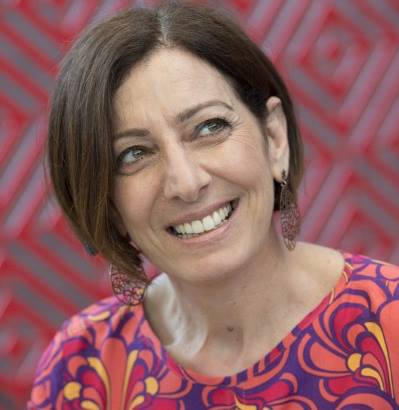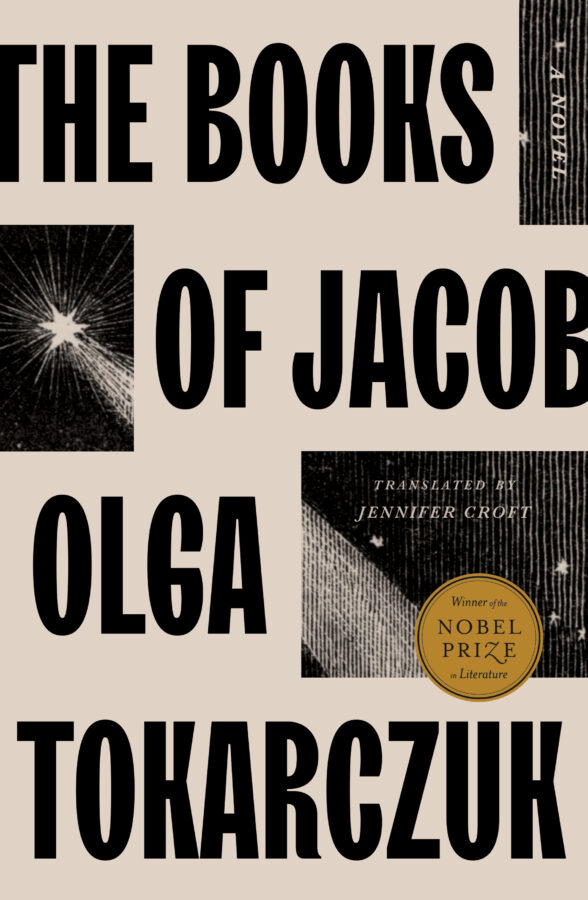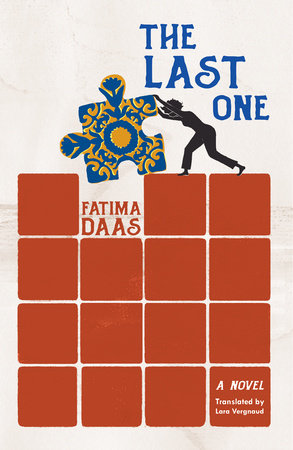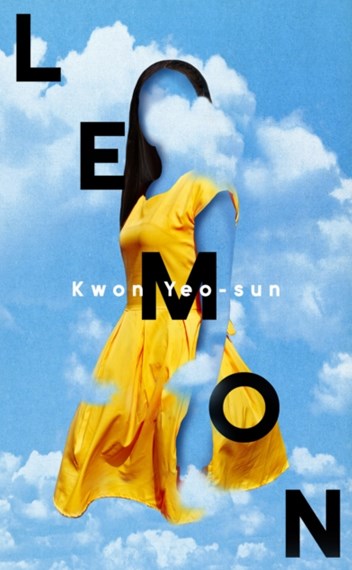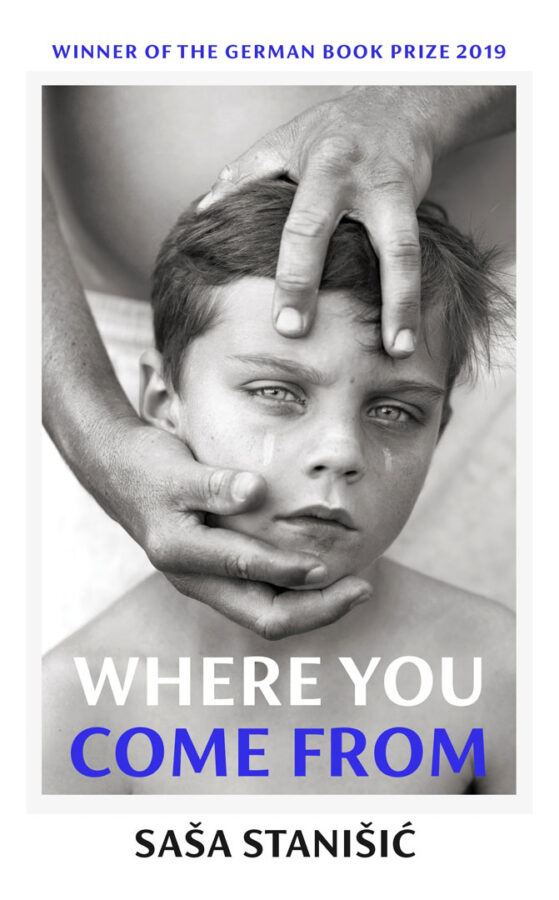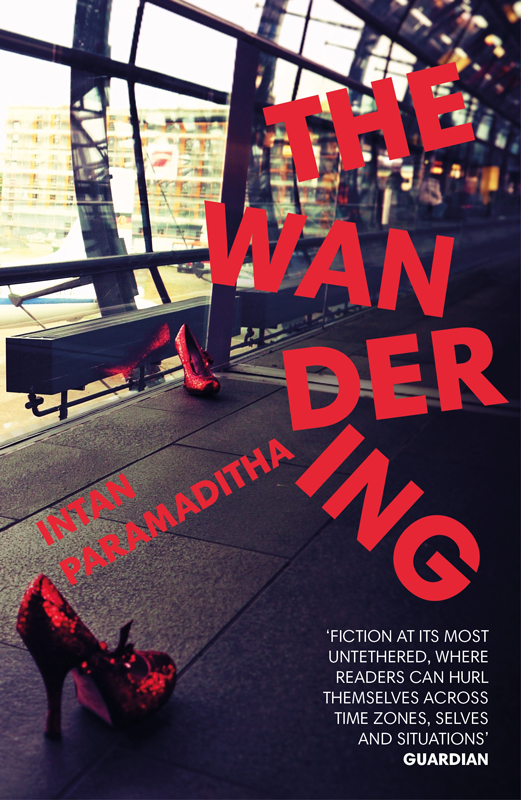You may write me down in history
With your bitter, twisted lies,
You may trod me in the very dirt
But still, like dust, I’ll rise
Maya Angelou
Maya Angelou’s words perfectly embody the embryonic thinking that first moved me towards imagining a performative tale of the colonial carve-up of the lands of the Arabs and Kurds that happened a century ago. History is contested terrain, and while the master narrative eclipses the chronicles of the colonised, I have always found theatre to be an open space to speak back to the Orientalist tropes that have come to ‘explain’ the past to Western audiences.
So in 2015, as memorial fervour of the Anzac centenary gripped the nation, I was left with a question: what do we know of the civilians who were caught up in the first world war in the battle zones of the Middle East? Remembering my maternal grandmother and paternal great-grandmother’s stories about harb al maja’a, –the war of famine – and Ottoman brutality, I immersed myself in a constellation of texts, specialist history books, xeroxed PhDs, online masters’ theses, and a smattering of mahjar poetry, looking for traces of people’s stories. Mikha’il Nu’aima, Ameen Rihani and Gibran Khalil Gibran were among the most celebrated writers, poets and authors of the mahjar literary movement in the first decades of the twentieth century in the United States. This flourishing of diasporic writing produced a body of work that inaugurated the beginnings of modern Arab American literature. Nu’aima and Gibran in particular composed works that spoke directly to the devastation of the time. As I emerged out of a deep reading state, the submerged histories that I had encountered seemed due for a theatrical telling. A heightened curiosity took me to the field of community, asking random Arabic-speaking peoples – mostly Lebanese and Palestinians of a certain age – what their cultural memories were of this period. Second-hand stories from a grandparent were naturally forthcoming.
By the time 2016 was upon us, the centenary of the infamous Sykes-Picot Agreement was ready to pass by without much notice. This agreement is a red hot historical moment for Arabs and Kurds the world over as it represents the beginnings of the colonial and postcolonial quagmire that we are left with today. In May 1916, representatives of Britain and France secretly reached an accord, known as the Sykes-Picot agreement, by which most of the Arab lands under the carcass of the Ottoman Empire were to be divided into British and French spheres of influence with the conclusion of the first world war. Eminent Palestinian historian George Antonius in his landmark book The Arab Awakening writes: ‘The Sykes-Picot Agreement is a shocking document. It is not only the product of greed at its worst, that is to say, of greed allied to suspicion and so leading to stupidity: it also stands out as a startling piece of double-dealing.’ These lines resonated deeply with how I felt about this critical juncture in time. Thinking about the way craven colonialist interference and the artifice of arbitrary borders have defined us across generations, historian Eugene Rogan provided further grit to my thoughts:
The legitimacy of Middle Eastern frontiers has been called into question since they were first drafted. Arab nationalists in the 1940s and 1950s openly called for unity schemes between Arab states that would overthrow boundaries widely condemned as an imperialist legacy. Pan-Islamists have advocated a broader Islamic union with the same goal. In 2014, a militia calling itself the Islamic State tweeted to its followers that it was ‘smashing Sykes-Picot’ when it declared a caliphate in territory spanning northern Syria and Iraq. One century after Sykes-Picot, the borders of the Middle East remain controversial — and volatile.
A performative intervention seemed necessary given the contemporary states of the Arab world. Theatre is an ideal platform for a critical reflection on war, colonialism, resistance, sacrifice and disaster. Indeed, these themes represent the recurring nightmare that this past century has consistently thrown up. The power of theatre to give voice to the muted opens up a space for community to experience a moment of affective intensity in the realms of time and the spirit. And so, a creative inquiry into the events of one hundred years ago in Bilād al Shām – the lands of Syria, Palestine, Lebanon, and further to Iraq, began. I approached Arab Australian poets, thinkers, academics, performers and musicians to participate in both script composition and production of a new work called The Cartographer’s Curse. Each enthusiastically embraced the idea of performing back to both empire and nihilistic movements from within.
A writers’ room was convened on the lands of the Barramattugal of the Dharug nation, comprising a professor, a dramaturge, two poets, a movement artist, a qanun player, a digital artist, two actors, myself as artistic director and an assistant director. We met over a span of seven Saturdays and a three-week rehearsal period to devise a script that spoke to both the specificity of the time, but also to the present-day disasters. Each participant brought a certain cultural heft to this collective, creative, and collaborative writing process. Our distinctiveness as individuals made the process complex yet fluid: from being born and raised in the very places we had set our drama, to specialising in a particular art form, namely the Arabic qanun, or the contemporary urban movement of parkour. Together, we created a deep listening space where our shared cultural capital counted for a great deal. It was especially exhilarating to have a critical thinker like Professor Ghassan Hage on board. Now Future Generation Professor of Anthropology and Social Theory at the University of Melbourne, he has held many visiting professorships around the world including at Harvard, University of Copenhagen, University of Amsterdam, École des Hautes Études en Sciences Sociales, Paris, and the American University of Beirut. Professor Hage has an intimate knowledge of social practice and custom, cultural conventions, historical specificities (like what a francophile intellectual educated during La Belle Époque might wear!), and of course, the veins and vagaries of colonialism, racism and Arab politics. Insisting he did not want to play himself, the Professor thought he ought to embody a mix of Trickster-like irreverence and a wandering consciousness whose ultra-modernist philosophy offered a lightness that resonated across time and space.
Indeed, in reflecting on the creative process, all members of the ensemble were encouraged to construct their characters with an architecture that grounded their respective fictional histories in a convincing kind of Arab realism. Within this setting, the characters of this story gradually moved from being archetypal (Resistance-fighter/Hero, Mercantile/Capitalist, Cartographer/Collaborator, Poet/Anti-War Feminist, Wandering Professor/Anti-Law and Qanun/Law) to flawed subjects whose relational complexity is rendered more painful against a backdrop of catastrophic famine and the savagery of the first world war, underwritten by the imperial barbarism of the Ottomans, British and French. Thus, everyday relations between father (Cartographer), daughter (Poet) and son (Resistance-fighter) might appear banal on the surface, but underneath these dialogical encounters is a dense story that is at once allegorical: whether it is selling off our collective heritage, or prising Palestine off the map of the future, the past is played out to make meaning of the political void that is our present. A careful consideration of the cultural anthropology of the characters meant that we could believe in their veracity as subjects with a story.
At every creative encounter, a fresh script would be served up around the table, only to be transformed into a more nuanced narrative. In this exacting process, we would read the script together and new lines would appear, some in English, some in Arabic. Scenes would move around, music and sound ideas inhered as a matter of theatrical practice. As a collaborative writing team, we invested in metaphors that added layers to the work. This was in part an attempt to assert a symbolism that is so often missing in the functional world of English, but always inherent in mother-tongue Arabic via its vernacular poetic forms. The thistle – al shawk – came to stand for everything we wanted to say about war, patriarchy, maps as tools for colonising the land.

It was here that Professor Hage lead us into a critical reading of the thistle. First, he reminded us of the cosmology of the thistle. In Genesis 3:18, so the story of patriarchal punishment of ‘mankind’ goes: ‘Because you have listened to the voice of your wife, and have eaten from the tree about which I commanded you, saying, “You shall not eat from it”; Cursed is the ground because of you; In toil you will eat of it. All the days of your life. It will produce thorns and thistles for you, and you will eat the plants of the field.’ This Old Testament verse impelled an early storyline for how the Cartographer got one third of his curse. As he leaves his first meeting with the double-dealing British in the mode of Arab as Collaborator, the Cartographer tumbles into a patch of thistle and injures his hands, beginning his eventual fall from communal grace.

As the script grew into a more complex labyrinth of stories, the thistle evolved into a metaphor for feminist resistance and resilience. The Professor composed some of his most searing lines to reflect the significance of this image. Namely, after another demonstration in the public square, the Poet, who has just publicly called for an end to all kinds of violence, is met with the traditional ‘No to borders’ kind of incantation as a gesture of solidarity from the opportunistic Merchant. The Wandering Professor observes, then intervenes with:
‘No no no’. It looks like we have yet another ‘no’ movement in the Arab world. We Arabs do ‘no’ so well. Can’t you see she is a lot more than ‘no’. She is the daughter of the thistle. She squeezes life, resilience and nourishment out of the impossible. And you want to reduce her to a ’no’. Always rushing into anti-politics and never thinking about an alter-politics. Someone will write about this one day.

The final line of this text became the droll refrain of the Wandering Professor as he skated across a future of critical thinkers that included Guy Debord, Marcel Mauss and Edward Said, announcing their work as a gesture towards grounding theory in the spaces of the routine and everyday.
As the characters emerged from a chrysalis of writing exercises, improvisation and image theatre techniques, it was the figure of the female Poet who grew in narrative stature. Guided by the political lyricism of feminist ancestral wisdom, a counter to the harsh tirades of patriarchal male colonialist authority, the Poet as anti-war activist and eco-feminist came to represent the thinking heart of this play: ‘How to make a thistle edible / Three parts water, one part principle / Eat me, but beware of the prickles’. Indeed, acclaimed poets Sara Saleh and Zainab Kadhim, composed spirited spoken word verses that punctuated the narrative with expressive potency, capturing both the burden and resilience of Arab women’s lives across the ages. The word sumood – steadfastness – became a luminous call. Sara Saleh as the Poet Mother counsels her daughter:
A woman’s body endures so many wars
We forget if we are standing still
Or still fighting …
Do not lend your name to the rhythm of their war drums
You are the anti-war …
You, Adila – half woman, half words
the amen in prayers
You, Adila, the place between heart and homeland
the journey home, the healing.

The Poet’s agency comes through her challenges to patriarchal power in all its insidious manifestations. In one instance, the Poet speaks back to her brother, a new generation of resistance fighter with old generation patriarchal entitlement. And so, after character development exercises in the writers’ room, Zainab Kadhim’s lyricism affirms a universal feminist complaint:
Revolutionaries insist
their sisters stay home
Away from danger
And yet catastrophe stalks my skin
like typhus and occupation
the political is personal
I will fight
but not your way my brother.
The words of the Professor and the Poets, and the spiky dialogue between each of the characters only partly depict the diverse expressions that make up this performative work. The visual and auditory language of the choreographed movement, the artist-inspired digital backdrops, the sound design and the lexicon of the qanun – an Arabic musical instrument – together animated the narrative with sensory layers. The qanun especially was a fundamental character. With 81 strings stretched in groups of three, in the history of Arabic music, the qanun lays down the law of pitch for other instruments and singers. In Arabic, the word qanun literally means the law. And so, the qanun or ‘canon’ in English, becomes a figure with its own identity and institutional baggage. The sound this instrument is able to produce is at once immersive; but before anyone is seduced into a kind of Arabic sonic paradise, the Wandering Professor intervenes, taking great exception to the authority of the qanun as a representation of the ‘law’ and ‘tradition’. The Wandering Professor as the ‘anti-law’ tells the qanun to be quiet throughout. He critiques its orientalist tendencies; so embraced by the West for its melodic qualities. And yet, the qanun keeps playing the same old tune. The Wandering Professor asks, with Saidian prescience:
Have you noticed qanun, that you play the same tunes for the dead and living. Can’t you tell the difference between them? Or is it because it is not clear what is dead and what is living in this orient that you embody so well.
Another significant artistic moment in this collective creative figuring occurred between the urban stringiness of parkour movement and the old strings of qanunic tradition. The movement artist drew on the origins of parkour, a form that uses the athleticism of the body to interact with surroundings. Transcending obstacles is key to how the form is understood as a practice. At first, both musician and artist were uncertain how this artistic relationship would fare. Was the qanun edgy enough to drive the choreography of a movement geared to express resistance to both political and paternal oppression? Could the movement, derived in part from parkour – the art of displacement no less – embody the emotional nuances of this ancient instrument? Itself an allegory within an allegory, when parkour meets qanun, the law is forced to follow the kinetic rhythms of ’resistance’ in order to inject a sonic urgency to the parkour’s expression of freedom from the oppressive structures imposed on young men. And as the physical language of resistance displaces the ‘law’ on the rehearsal room floor, this refiguring of power becomes a kind of bittersweet emblem for the diasporic Arab.
The generative capacity of this creative collectivity is ultimately envisaged in the figure of the dramaturge whose role in this kind of method is to bring it all together. The alchemy of story, plot, dialogue, monologue, character, conflict, dramatic action, facts and imagination, language and subtext, space and time is what takes us from a performance concept to living, breathing theatre. The virtuosity of Barry Gamba as dramaturge gave our stories a solid dramatic structure; a narrative arc that we were able to travel across with all the emotional heft of a hundred years of sorrow.
As a final reflective gesture, I want to address three questions that were posed at various stages of composing this work. The first being: ‘How is this story relevant to Australian audiences?’ Aside from the deeply embedded white entitlement posture that marks this kind of question, (as it is usually directed at non-white writers and theatre-makers), I chose strategically to respond in this way. There is a contiguous history of Australian military intervention and colonial involvement in the Middle East and yet there is rarely an ounce of moral regard registered or responsibility taken for the impacts of imperialist aggression that the region has been subjected to over the past one hundred years. And here we are still rooting for neo-colonial intervention in the Arab world via carpet-bombing and drone-style terrorism, wondering all the while in a confected kind of innocence why blowback occurs. Then we punish those who dare escape this violent morass that we have actively contributed to, pushing asylum seekers back to the liminal.
Secondly, I was asked why I did not translate the Arabic in the performance for English speakers, or at the very least, provide a glossary. Translation of text in theatre is a particular kind of dexterity. There are many ways to approach it. The first question in responding to this in a theatrical setting is: ‘Do we have to understand everything to feel something’? If you listen deeply enough, you will hear sumood in its context. To translate verbatim is easy. But what is the point of that in theatre? To gloss or not to gloss is not so much a question as a political statement.
Finally, there were questions about who authored this script. We mostly insist that there must be a writer, a director, as we demarcate along traditional theatre systems of power. This question reminded me of Michel Foucault’s writings on ‘author function’, and the ways in which the authorial persona exerts a presence over the text. As an artistic ensemble, we came together as equals to devise The Cartographer’s Curse. The aim of this creative compact was to compose a text that is multi-layered, drawing on the worlds and words of historical subjects, lines from mahjar poets, stories from our grandparents, nuances of the many. Indeed, I was moved to write this reflection in response to the curiosity of writer, literary editor and publisher Ivor Indyk in his brief review of the play:
I was particularly struck by what I take to be the particular character given to the work by its collaborative composition. It had a quality of lightness about it, due to its multifariousness and modesty, a conceptual lightness – not weighed down by the ambitious drive of a single authorial ego, the parts and ideas floated freely in their own spaces, while connected to each other through their resonances or simultaneities. I hadn’t seen this effect before, and was very moved by the freedom it gave the characters, and the audience.
I think this insight goes to the heart of how different methodologies of writing can create new ways of being and of seeing theatre. There is something extraordinary in the coming together of an eclectic group of Arab Australians to create a piece of theatre that draws water from so many intellectual, emotional and artistic wells. Our audiences were indeed diverse and it was evident that the Arabic-speaking peoples within these publics were receptive to the sub-texts purposely meant for them. The responsiveness to this kind of theatre by Arabic community members speaks volumes in an ardently white theatre landscape that mostly insists that migrant and refugee stories be straight-talking (in English preferably) and non-threatening. Diversity as a rhetoric has not delivered much in material terms in theatre. As several members of the audience wondered out loud to me: ‘Would they have to wait another ten years to see more Arab theatre?’ As evidenced by our collective experience of creating The Cartographer’s Curse, decolonised theatre can indeed produce a different kind of experience.
The Cartographer’s Curse writers’ room included Assistant Director Claudia Chidiac; Dramaturge Barry Gamba; Ludwig El Haddad as the Cartographer; Zainab Kadhim as the Poet; Ghassan Hage as the Wandering Professor; Alissar Gazal as the Merchant; Ali Kadhim as the Resistance; Sara Saleh as the Spirit Poet; Mohammd Lelo as Master of the Qanun; and Digital Artist Jerome Pearce.
